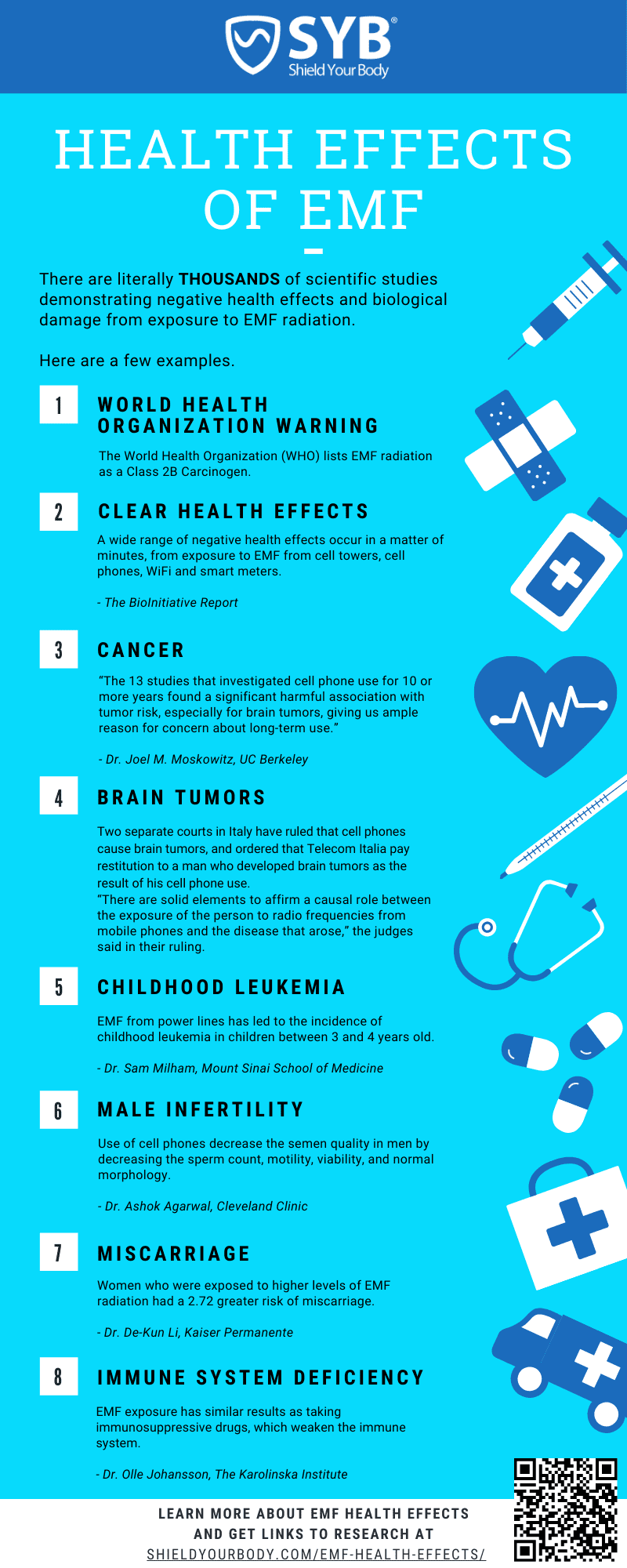5G Radiation and Epidermis Cancer

5g radiation symptoms focuses on the subject of 5G radiation. It is a non-ionizing type of electromagnetic radiation. Because 5G radiation is small, it does not have the ability to break the chemical bonds of biological tissues or trigger any modifications to cells. It is not known whether 5G radiation can affect the risk of developing skin cancer. No evidence has been found to suggest it may cause other disease.
High-frequency millimeter wave radiation
High-frequency millimeter-wave radiation from mobile phones and wireless networks can cause adverse health effects for humans. There are a few different ways this radiation could cause harm. In certain instances, the radiation can cause damage to a person's DNA. In other instances, it may cause damage to other areas in the human body like the brain.
Recent research has shown that 5G technology can result in thermal heating in tissues. In the aftermath, researchers from the International Council on Non-Ionizing Radiation Protection (ICNIRP) has called for a review of the existing thermal and biological safety standards. The current exposure standards do not protect people from overheated heat exposure when exposed to pulsed millimeter waves.
Skin cancer risk
There isn't a definitive answer at present to the question of whether 5G radiation can cause skin cancer. However, it is thought that 5G RF-EMFs behave like radiations that emit high-LET. As a result, they may cause high levels of free radicals within the skin. The FCC has not issued any specific guidelines on the potential dangers associated with 5G technology, and the debate continues.
While there are plenty of studies regarding the impact of radio waves with higher frequencies on human health, they have been largely limited in their scope. However, there is concern over the effects of millimeter-wavelength exposure on oxidative stress and gene expression. These effects may extend to the skin and other organs, like the brain.
Click here to find out more of other illnesses
An innovative new technology in wireless, 5G, is rapidly growing in popularity However, researchers are warning about its potential health hazards. 5G will dramatically increase the amount of electromagnetic radiation within our environment. This is a concern that has caused debate in several countries, including Switzerland. In September 2017, 390 scientists and doctors were in favor of the suspension of 5G technology. The motion was not taken seriously by the European Commission, which is responsible for monitoring the use of 5G technology.
As a result, more research is needed to study the health implications of 5G. In the meantime, studies have shown that 5G does not cause the same adverse effects on humans as radiation from older mobile networks. It also does not spread the new coronavirus type. Furthermore, it does not make people more susceptible to infections caused by viruses.
The measurement of exposure
Measurement of the radiation exposure of 5G is an important aspect in ensuring the safety of 5G networks. There are two ways to measure exposure. One is to measure the RF power absorbed by human tissue. The other involves measuring the quantity of radiofrequency energy released through an object. Radiation frequency energy (RF) refers to an electromagnetic field of energy that is emitted directly from radio receivers.
Within the United States, the FCC has imposed a restriction on the energy density of mobile devices running 5G. These tests can only measure power density at a distance of only a few inches. it is the FCC does not require the measurement of each beam. However, 5g radiation symptoms is possible to determine the energy density for each beam is estimated through computer simulation. The most likely scenario is then determined according to the beam's configuration. each beam.
Limitations of the study
There's been a lot of debate about whether 5G radiation will affect human health. For instance, the Swiss government, for instance has issued an assessment that concludes that the technology is not likely to cause negative health consequences in the short term but there are no studies that have demonstrated long-term impacts. But, the report has several issues and bias in reportage.

The strength and frequency of the radio waves that generate energy depend on the frequency. The energy that is carried by a millimetre wave will be identical to that of current radio waves however, they're smaller in size and better suited for high-density environments, since they will not be easily blocked by glass or walls. Urban areas with high density would require many tiny, low-power sites and suburban areas will be better served by 5G networks that operate at lower frequencies.
